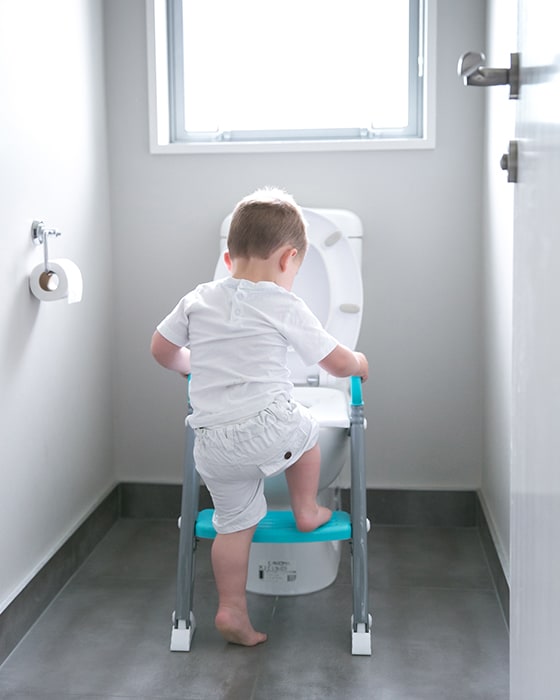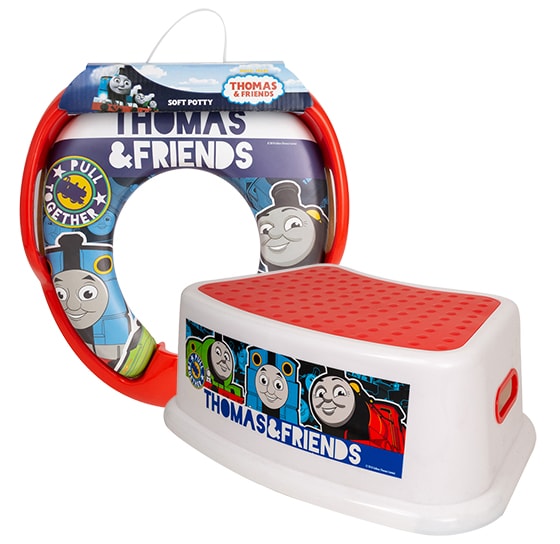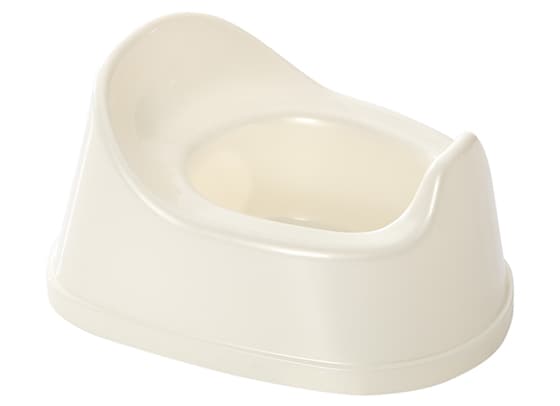


This is very common and completely normal. Some days you might have more failures than successes.
This is really the choice of you and your child and what they feel most comfortable using. The benefit of a potty is that it is mobile and children often find it less scary than a toilet. Some parents encourage their child to use both to avoid becoming conditioned to only using their potty.
Some children may be happy to use the toilet from the onset. To make using the toilet much easier for your little one, consider getting a step-stool and potty seat that sits snug into the toilet, providing extra support and comfort.
